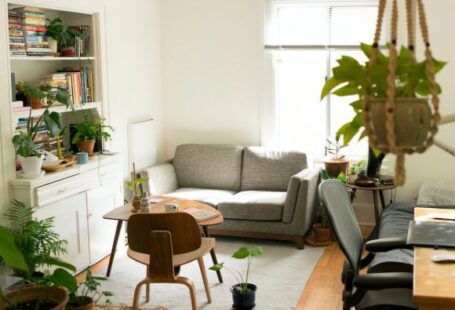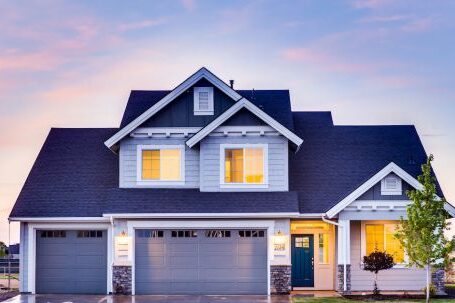Architecture plays a crucial role in shaping and building communities. Beyond mere aesthetics, architecture has the power to influence how people interact with each other and their environment. It has the ability to create spaces that foster social connections, promote inclusivity, and enhance the overall quality of life. In this article, we will explore the various ways in which architecture contributes to the development and sustainability of communities.
Creating Functional Spaces
One of the primary roles of architecture in building communities is to create functional spaces that meet the needs of its residents. Architects carefully consider the purpose and function of a building before designing it. Whether it’s a residential complex, a school, or a public park, each space is carefully planned to ensure that it serves its intended purpose effectively. By creating functional spaces, architecture helps to enhance the daily lives of community members and foster a sense of pride in their surroundings.
Promoting Social Interaction
Architecture plays a crucial role in promoting social interaction and community engagement. Well-designed public spaces such as parks, plazas, and community centers provide opportunities for people to come together, connect, and engage in various activities. These spaces are designed to be inclusive, accessible, and inviting, encouraging people from diverse backgrounds to interact and build relationships. By fostering social interaction, architecture helps to create a sense of belonging and community cohesion.
Preserving Cultural Identity
Architecture has the power to preserve and celebrate the cultural identity of a community. Through the design of buildings, architects can incorporate elements that reflect the local culture, traditions, and history. By doing so, architecture helps to maintain a sense of identity and pride among community members. Additionally, preserving cultural heritage through architecture can attract tourists and boost the local economy, further contributing to the development of the community.
Enhancing Sustainability
In recent years, sustainable architecture has gained significant importance in building communities. Architects are now incorporating environmentally friendly design principles to create buildings that minimize their impact on the environment. By using energy-efficient materials, incorporating green spaces, and implementing renewable energy systems, architecture helps to create sustainable communities that are resilient to climate change. Sustainable architecture not only benefits the environment but also improves the quality of life for residents by providing healthier and more efficient living spaces.
Improving Mental and Physical Well-being
Architecture has a direct impact on the mental and physical well-being of community members. Well-designed buildings and public spaces can have a positive effect on mental health by providing spaces for relaxation, contemplation, and social interaction. Access to natural light, green spaces, and views of nature can also improve mental well-being. Furthermore, architecture can promote physical activity by incorporating features such as walkable streets, bike lanes, and recreational facilities. By prioritizing the health and well-being of community members, architecture helps to create communities that are livable and supportive.
In conclusion, architecture plays a vital role in building communities by creating functional spaces, promoting social interaction, preserving cultural identity, enhancing sustainability, and improving mental and physical well-being. It goes beyond aesthetics and has the power to shape how people live, work, and connect with each other. By prioritizing the needs and aspirations of community members, architects can contribute to the creation of vibrant, inclusive, and sustainable communities that thrive for generations to come.





